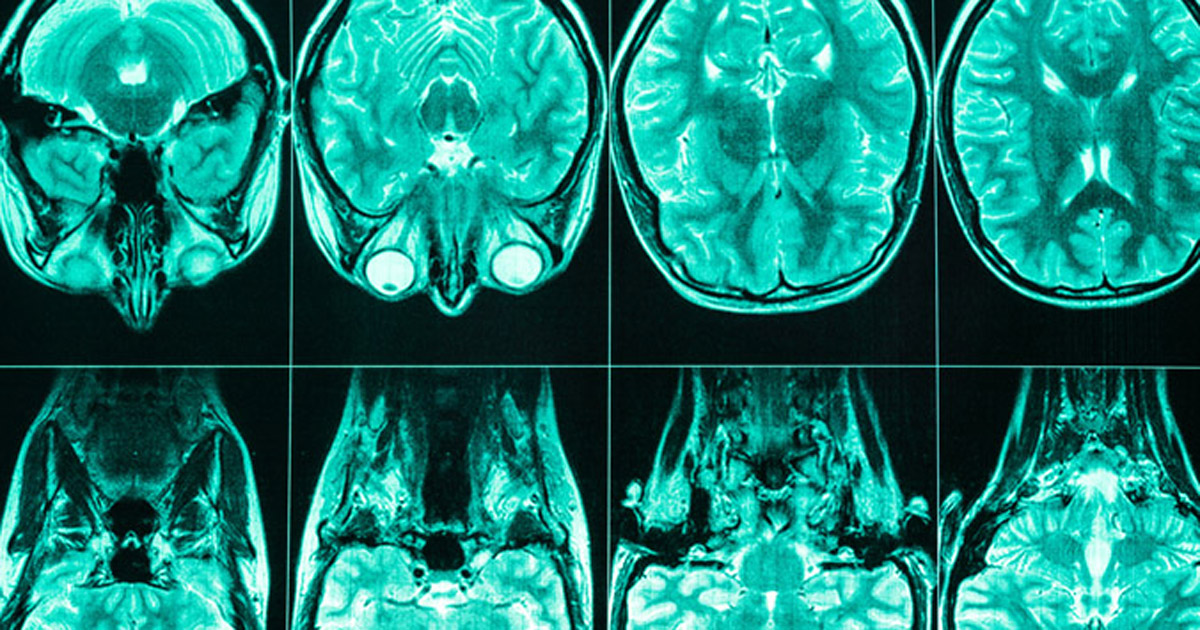Higher prevalence of aneurysms found with autosomal dominant polycystic kidney disease
A recently published study shows a history of hypertension and smoking increases the risk of the formation of brain aneurysms in patients with autosomal dominant polycystic kidney disease.
Although few patients experienced aneurysmal ruptures in the study, the overall rupture rate was approximately five-times higher than in the general population, the researchers said. Still, the results do not suggest a change in screening patients with autosomal dominant polycystic kidney disease (ADPKD).
“Our approach has been to recommend screening for patients with ADPKD who have a family history of aneurysm,” co-author and Mayo Clinic nephrologist Vincente Torres, MD, PhD, said in a press release. “We also recommend screening to patients with ADPKD before major elective surgeries (including transplantation), those with high-risk occupations and those who after being properly informed on the available data wish to be screened for reassurance,” he said.
“We educate our patients on the importance of correcting conditions that have been associated with aneurysmal development and/or rupture, particularly smoking and inadequately controlled hypertension. The results of our study do not provide a reason for changing our current approach.”
For the study, researchers examined the medical records of 3,010 patients with ADPKD evaluated at the Mayo Clinic between 1989 and 2017. Those who had pre-symptomatic magnetic resonance angiography screening were included. Of the 812 patients who underwent screening, 75 (9%) had 94 brain aneurysms. None of the aneurysms ruptured during an average follow-up of 9 years.
While gender, age, race and genetics related to ADPKD were similar in the groups with and without aneurysms, hypertension and a history of smoking were more frequent in the aneurysm group. Also, 29% of patients with aneurysms vs. 11% of those without aneurysms had a family history of subarachnoid hemorrhage. Among 135 of the 737 patients with no brain aneurysms detected at the first screening who underwent additional screening, three patients developed aneurysms during an average follow-up of 7 years and two patients had a brain aneurysm rupture.

Other than the risks of hypertension and smoking identified in the study, Torres told Healio/Nephrology that it remains unclear why patients with ADPKD experience intracranial aneurysms. Patients with ADPKD also have an increased frequency of thoracic aorta.
“The function of the polycystins in the vascular smooth muscle cells has not been elucidated,” Torres told Healio/Nephrology. “It is likely that, together with many other structural and signaling proteins, they sense the mechanical environment (intra-arterial pressure) and regulate the function of the vascular smooth muscle cells, including the production and organization of elastic fibers and other extracellular matrix. The aneurysmal walls are characterized by disruption of the elastic tissue and loss of vascular smooth muscle cells. A reduction in the level of polycystin in the vascular smooth muscle caused by the PKD mutations likely facilitates the development of the aneurysms.”
In accompanying editorials to the paper, Ivana Kuo, PhD, and Arlene Chapman, MD, said the study results illustrated a “significant need for more mechanistic studies to determine how central a role the ADPKD proteins play in intracranial aneurysm formation.”
In a patient perspective, Kevin Fowler said the recent formation of the PKD Outcomes Consortium, aimed at identifying prognostic biomarkers for ADPKD, can “help activate the global ADPKD patient community” in a search for better treatment of the disease. – by Mark E. Neumann
Disclosures: Torres reports grants from Otsuka Pharmaceuticals, Palladio Biosciences, Acceleron Pharma Inc., Regulus Therapeutics, Vertex Pharmaceuticals, Sanofi Genzyme, Blueprint Medicines and Mironid outside the submitted work. Please see the study for all other authors’ relevant financial disclosures.
